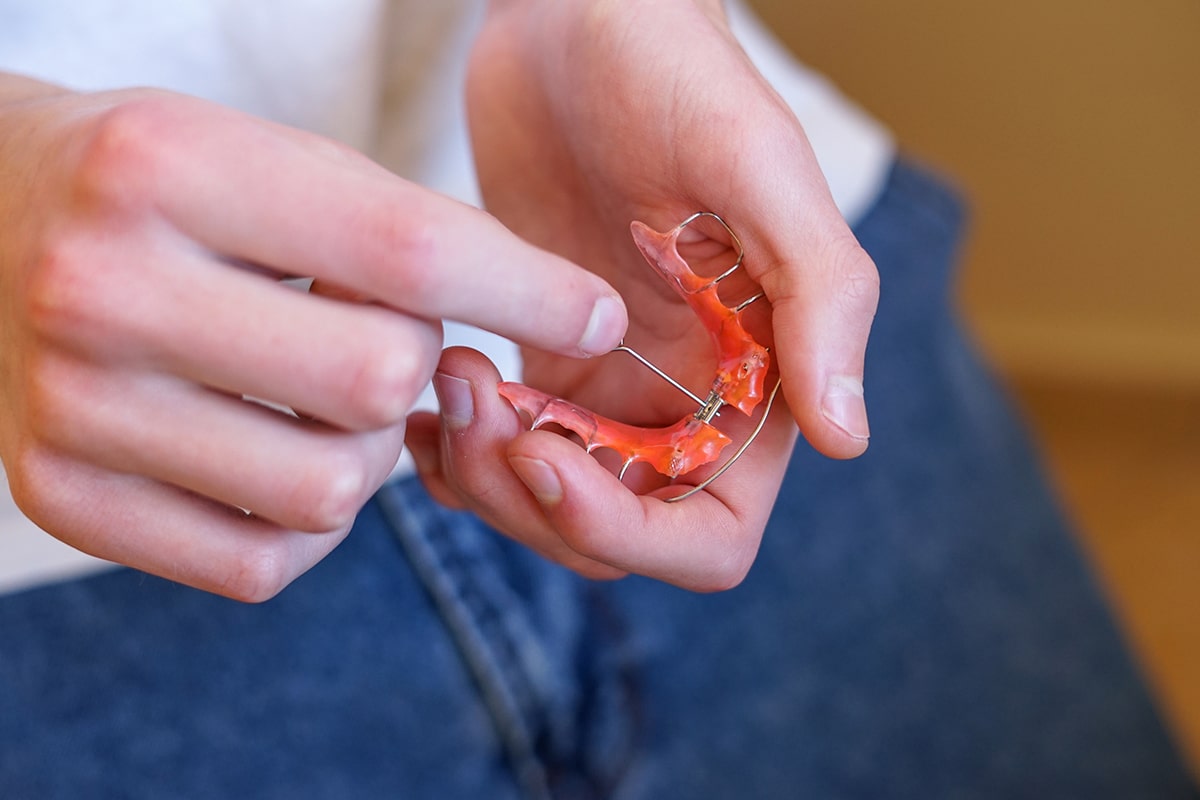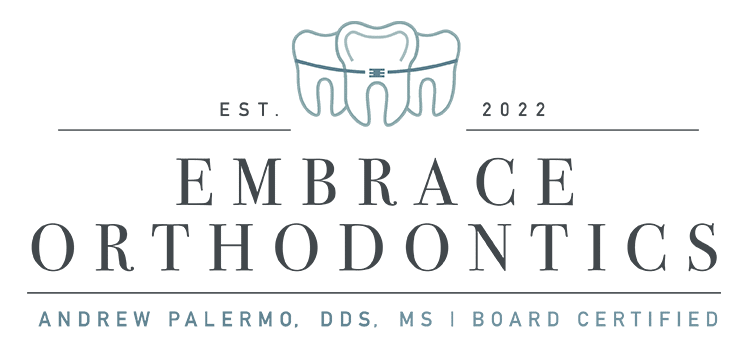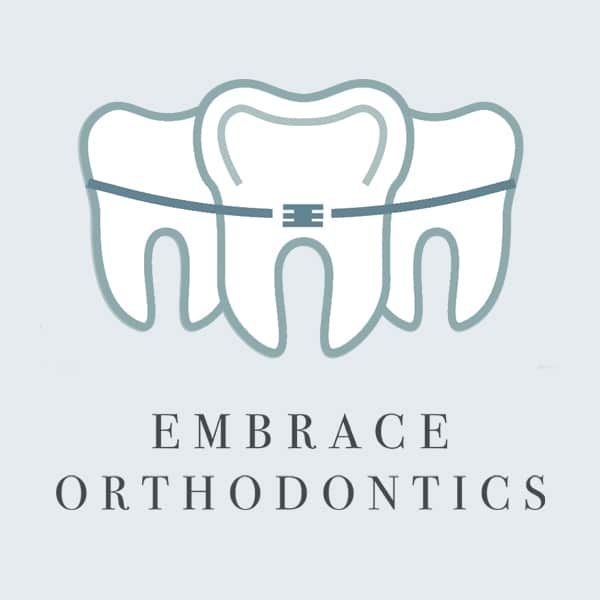
Parenting comes with countless decisions, especially when it comes to your child’s health and development. If your child’s dentist or orthodontist has mentioned a palatal expander, it’s natural to have questions. What is it? Does your child need one? How does it work?
At Embrace Orthodontics, we understand how important it is to make informed choices about your child’s orthodontic care. Today, we’ll guide you through the basics of palatal expanders, their benefits, and what to expect if your child requires one.
What Is a Palatal Expander?
A palatal expander is a custom-made orthodontic device used to gradually widen the upper jaw (palate). This process creates more space in the mouth to resolve a range of dental and orthodontic issues.
The expander itself is typically made of metal and includes bands or caps that fit over the back teeth. A small screw in the center of the device allows us to gently adjust it, causing the two halves of the upper jaw to move apart over time. Don’t worry—this process is slow and controlled, ensuring your child’s comfort.
Palatal expanders are most commonly used in children because their jaws are still developing and easier to adjust. However, in some cases, expanders can also benefit teenagers or adults.
The Benefits of a Palatal Expander
Palatal expanders can have a significant impact on your child’s oral health and overall well-being. Here are some of the key benefits:
1. Correcting Bite Issues
An expander can help fix crossbites, where the upper teeth fit inside the lower teeth. It can also help with underbites by adjusting the alignment of the upper jaw in relation to the lower jaw.
2. Creating Space
If your child’s teeth are crowded or their permanent teeth don’t seem to have enough room to emerge, a palatal expander can provide the extra space needed for proper alignment.
3. Improving Breathing
Sometimes, a narrow upper jaw can restrict airflow through the nasal passages. Expanding the palate can improve airflow, making it easier for your child to breathe, especially at night.
4. Simplifying Future Orthodontic Treatment
By resolving bite and space issues early, a palatal expander can make future treatments, such as braces, faster and more effective.
Signs Your Child Might Need a Palatal Expander
How do you know if this device might be necessary? While only an orthodontist can provide a definitive answer, there are some common signs to look out for:
- Crowded teeth: If your child’s teeth overlap or there isn’t enough room for permanent teeth, an expander could help.
- Misaligned bite: Crossbites, underbites, or other bite irregularities may benefit from expansion.
- Mouth breathing or snoring: Difficulty breathing through the nose or frequent snoring could be a sign of a narrow palate.
- Speech issues: A restricted upper jaw can sometimes impact your child’s speech patterns.
If you notice any of these signs, it’s worth scheduling a consultation with an orthodontist for a professional evaluation.
The Process of Getting and Wearing a Palatal Expander
Wondering what to expect if your child needs a palatal expander? Here’s an overview of the process:
Initial Consultation
We’ll start with a detailed exam, which may include X-rays or 3D imaging, to determine whether a palatal expander is right for your child. If it is, we’ll create a custom plan tailored to their unique needs.
Fitting the Expander
During a follow-up visit, we’ll place the expander in your child’s mouth. The device is carefully fitted over the back teeth and secured in place.
Making Adjustments
To activate the expander, you will need to adjust it daily by turning a small key in the central screw. We’ll show you exactly how to do this and provide all the guidance you need. Each turn widens the palate by a very small amount, ensuring the process is gradual and comfortable.
Wearing the Expander
Most children wear their palatal expander for 3 to 6 months. During this time, the bone in the upper jaw adjusts to its new position. Your child may initially feel some pressure, but this typically subsides quickly.
Post-Treatment
After the active phase of wear, the expander will remain in place for a few months to allow the new bone to stabilize. Once this phase is complete, the device is removed, and any follow-up orthodontic treatment, such as braces, can begin.
Frequently Asked Questions About Palatal Expanders
If you’re still unsure, here are answers to some of the most common questions parents ask about palatal expanders:
Is using a palatal expander painful?
Most children report only mild discomfort or pressure, especially during the first few days or after adjustments. This is normal and should ease quickly.
How do we care for the expander?
Keeping the palatal expander clean is important. We recommend brushing around it thoroughly and using a water flosser to remove food particles.
At Embrace Orthodontics, we’re here to guide you through every step of your child’s orthodontic care. If you’re ready to learn more about palatal expanders or schedule a consultation, don’t hesitate to contact us. Together, we can help your child achieve a healthy, confident smile they’ll love for years to come!

